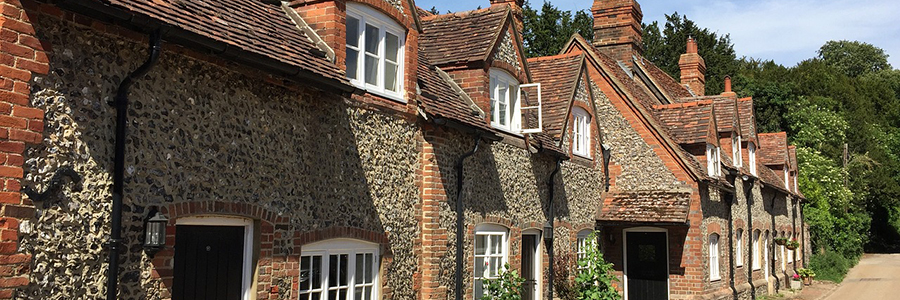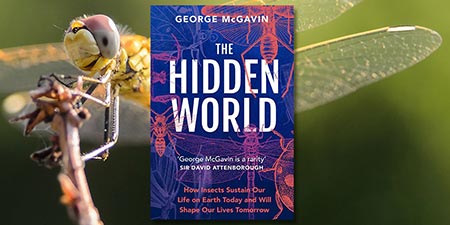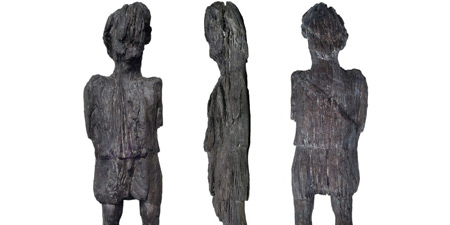Buckinghamshire – wagon building, lace making and cholera in past

Roman influence in Buckinghamshire is particularly noticeable in the Roman roads that cross the county. Watling Street and Akeman Street run east-west through Buckinghamshire and were important trade routes connecting London with other parts of the Roman Empire in Britain. The Icknield Way along the Chiltern Hills was used by the Romans as a defensive line; It is probably an extension of a much older road.
The Industrial Revolution and the construction of the railroad changed the landscape in various parts of the county. Wolverton in the north (now part of Milton Keynes) became the national centre of wagon building; Furniture and paper industries settled in the south. Lace-making businesses emerged in the centre of the county and grew rapidly, providing work for the women and children of poor families.
Buckingham still has good rail connections to London, Birmingham and Manchester; Furniture manufacture is still one of the major industries in the south of the county.
A severe cholera epidemic was rampant in the early Victorian era; Agriculture suffered from significant crop failures. At this time many residents left Buckinghamshire and settled in the surrounding towns. Landowners take advantage of the opportunity to purchase the land they left behind cheaply. As a result, the Rothschilds, one of the most influential families in the country, gained considerable importance in Buckinghamshire.
George McGavin – former Oxford University entomologist
- Written by Portal Editor
- Category: Buckinghamshire
- Hits: 1335

Today's entomological collection at the Natural History Museum at the University of Oxford is huge, as it contains over five million insects.
Roman wooden figure discovered in Buckinghamshire
- Written by Portal Editor
- Category: Buckinghamshire
- Hits: 1917

Archaeological work accompanying the construction of Britain's HS2 high-speed rail line recently made a rare find: in July, archaeologists from Infra Archaeology extracted the well-preserved figure from a waterlogged Roman ditch in a field in Twyford, Buckinghamshire.